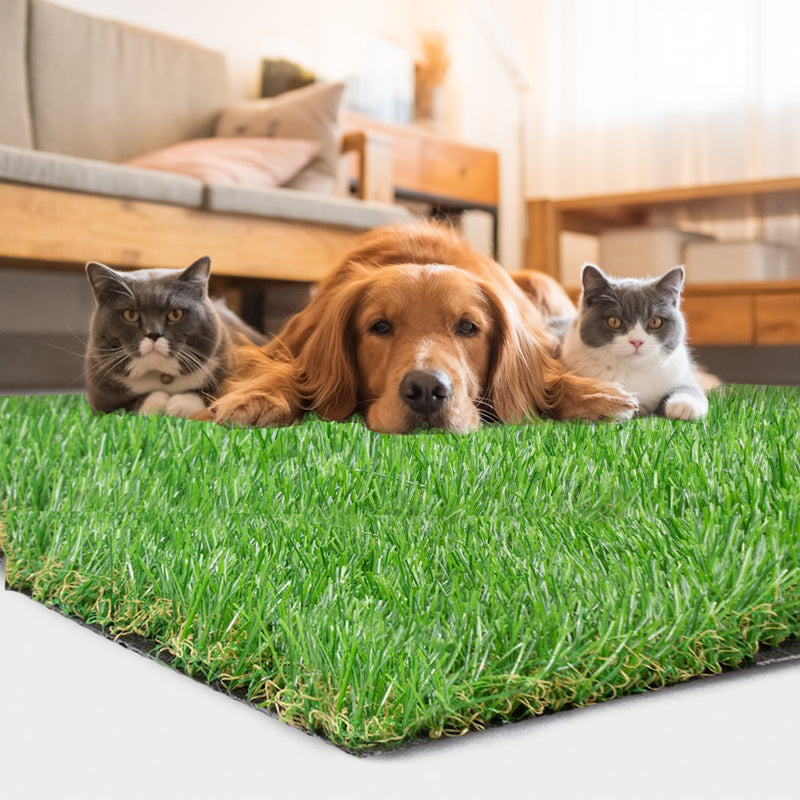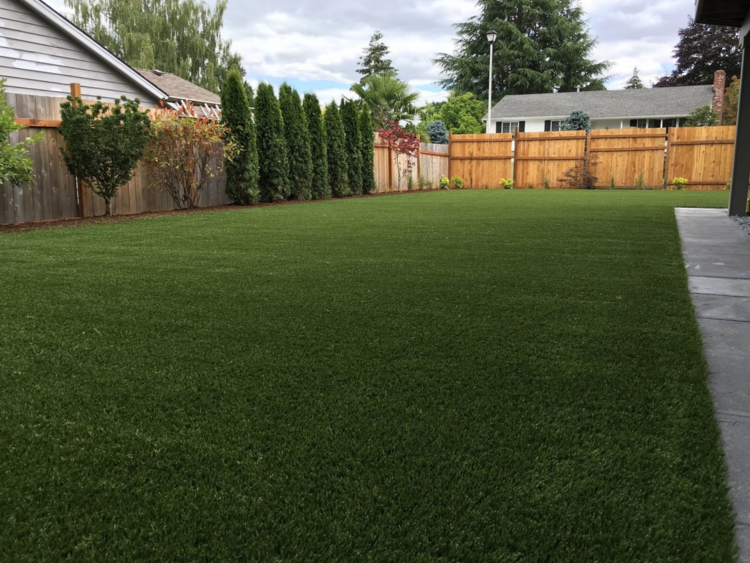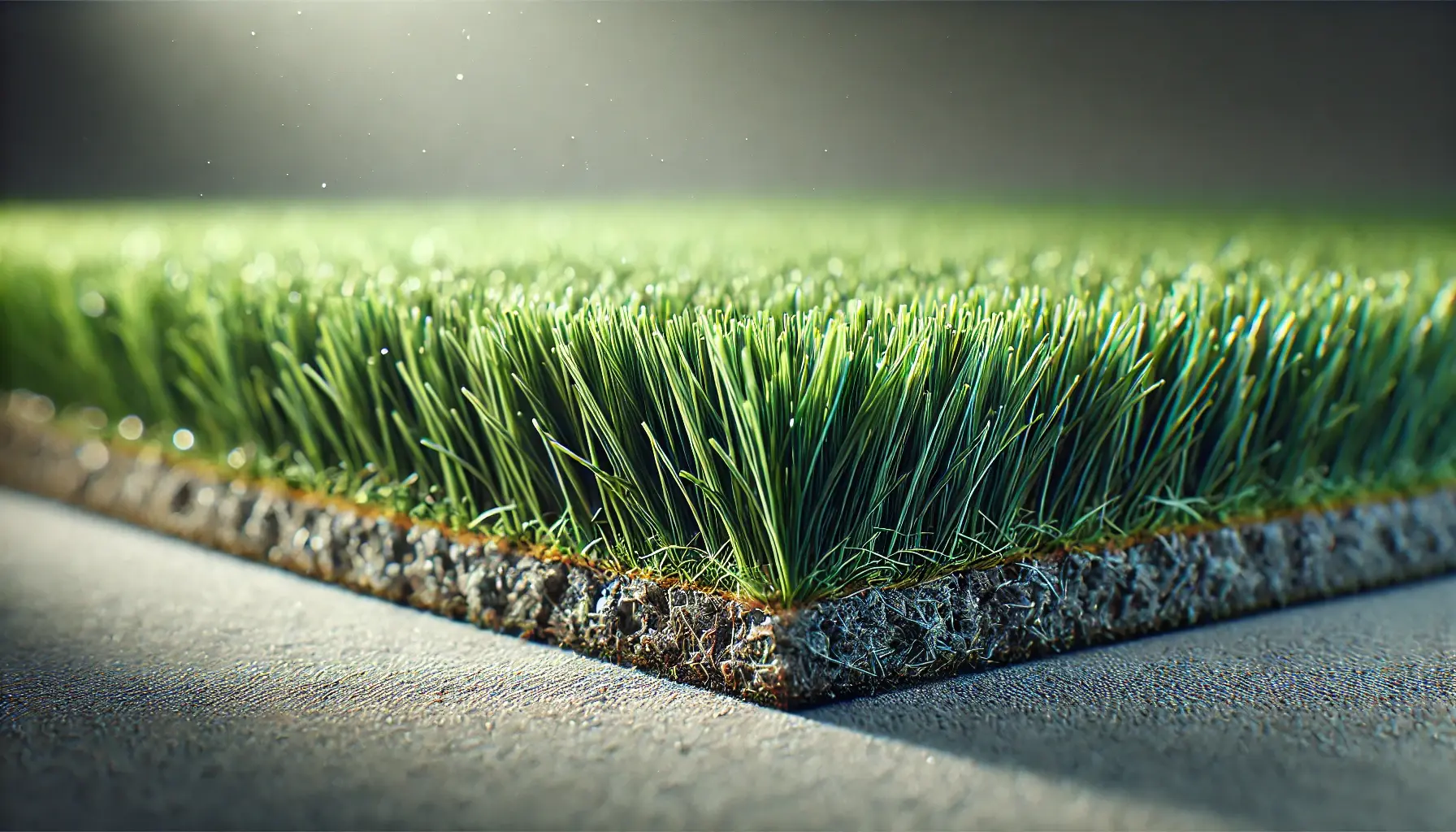Choose Reliable Artificial Turf Companies Phoenix for Durable and Natural-Looking Grass
Choose Reliable Artificial Turf Companies Phoenix for Durable and Natural-Looking Grass
Blog Article
Look Into the Environmental Benefits of Opting for Artificial Lawn Solutions
The adoption of artificial turf solutions provides an engaging opportunity to attend to pressing ecological challenges. By significantly lowering water use and lessening the application of unsafe chemicals, these options not just advertise sustainable landscape design however also protect regional ecosystems. The lower carbon footprint connected with decreased upkeep activities contributes to a more lasting method to land monitoring. The implications of these advantages extend past mere preservation efforts, elevating concerns concerning their long-lasting influence on environment preservation and general ecological equilibrium. Exploring these dimensions discloses a complicated interaction worth taking into consideration.
Water Conservation Advantages
One of the most substantial benefits of synthetic grass is its ability to conserve water. In comparison, artificial turf does not need watering, considerably reducing the total need for water sources.
By removing the need for normal watering, synthetic grass adds to lasting landscape practices and assists reduce the ecological influence of excessive water usage. Furthermore, the preservation of water includes the reduction of overflow, which can lead to soil disintegration and river air pollution.
In addition, the setup of artificial grass enables property owners and communities to allot water sources much more effectively, concentrating on essential uses such as alcohol consumption water and agriculture. The shift towards synthetic grass not just advertises accountable water usage however likewise lines up with wider ecological objectives focused on protecting natural sources.
As communities progressively focus on sustainability, the water preservation benefits of fabricated lawn offer an engaging case for its adoption in business and domestic landscape design projects.
Reduced Chemical Usage
The shift to synthetic grass dramatically decreases the reliance on chemical treatments generally made use of in all-natural lawn maintenance. Traditional turf management usually involves the application of fertilizers, chemicals, and herbicides to advertise growth and control pests. These chemicals can pose risks to human wellness, local wild animals, and the atmosphere, contributing to dirt and water contamination.
In contrast, synthetic grass removes the requirement for these damaging materials. By decreasing the release of synthetic substances right into the ecological community, artificial lawn promotes healthier soil and water systems.
Furthermore, the lack of chemical runoff connected with synthetic grass installments helps protect local waterways from contamination, sustaining water life and preserving biodiversity. Turf installation phoenix az. As neighborhoods progressively focus on sustainable practices, selecting synthetic grass provides a feasible remedy that aligns with environmental conservation goals. Via this shift, homeowner can delight in lush eco-friendly rooms without jeopardizing environmental health, leading the way for a much more lasting future
Reduced Carbon Footprint

Moreover, the installation of synthetic grass can result in considerable water preservation. Natural grass require significant quantities of water for irrigation, which not just contributes to the carbon impact connected with water extraction and therapy but additionally pressures local water resources. In contrast, synthetic turf needs very little maintenance, requiring no watering, thus substantially reducing water usage and its connected energy expenses.
In addition, the long life of synthetic grass adds to its lower carbon impact. With a helpful site life expectancy of up to 15 years or more, the need for frequent replacements is diminished, resulting in less waste and lower energy usage in production and disposing of traditional yard choices. Overall, synthetic grass offers a sustainable choice for ecologically mindful landscaping.
Habitat Conservation
Habitat preservation is a crucial consideration in the discussion over landscaping selections, especially when click now comparing synthetic grass to all-natural yard. All-natural grass lawns typically require comprehensive upkeep, including using herbicides, fertilizers, and chemicals, which can negatively affect regional environments. These chemicals can leach right into the soil and rivers, damaging native vegetation and fauna and interrupting local environments.
On the other hand, artificial lawn offers a chance to lower the environmental impact of landscaping. By selecting artificial turf, home owners can decrease the interruption of all-natural environments related to conventional grass care methods. Synthetic turf gets rid of the demand for damaging chemicals, therefore securing nearby wild animals and maintaining the integrity of bordering communities. In addition, the installment of man-made lawn can lead to the conversion of former turf areas right into even more biodiverse landscapes, such as pollinator yards or indigenous plant locations, which can support regional wild animals.
Eventually, the shift to synthetic lawn not only saves water and decreases maintenance efforts but also cultivates an extra harmonious connection between human tasks and the native environment, promoting environment preservation while doing so.
Long-Term Sustainability
Long-lasting sustainability is a crucial consider evaluating the advantages of synthetic lawn over conventional grass yards. One of the most substantial benefits of synthetic grass is its longevity; it can last approximately 15-20 years with minimal maintenance, whereas natural lawn requires constant reseeding and replacement. This long life minimizes the need for consistent resources, such as water, fertilizers, and chemicals, which linked here are necessary for maintaining a healthy and balanced yard yard.
Additionally, fabricated turf adds to a reduction in carbon discharges related to yard treatment equipment. Conventional yards usually require gas-powered mowers, leaners, and blowers, all of which add to air contamination. Turf installation phoenix az. In contrast, synthetic grass gets rid of the requirement for such tools, promoting a cleaner setting
Moreover, the production of synthetic grass progressively makes use of recycled products, enhancing its sustainability profile. As makers adopt environment-friendly practices, the environmental footprint of man-made grass remains to lessen.

Conclusion
The adoption of man-made grass options offers considerable environmental advantages, consisting of considerable water preservation, decreased reliance on unsafe chemicals, and a reduced carbon impact. Furthermore, synthetic grass aids in protecting natural habitats by decreasing land disturbance and promoting long-term sustainability through using long lasting products. Jointly, these factors underscore the possibility of man-made grass to add favorably to environmental health and offer a sensible alternative to typical landscaping practices in an increasingly resource-conscious globe.
In comparison, fabricated grass does not need watering, dramatically lowering the overall need for water resources. By minimizing the launch of artificial substances into the ecological community, man-made turf advertises healthier dirt and water systems.
Moreover, the installation of man-made grass can result in substantial water preservation. In contrast, man-made grass needs marginal maintenance, needing no watering, thereby significantly reducing water usage and its linked power expenses.

Report this page